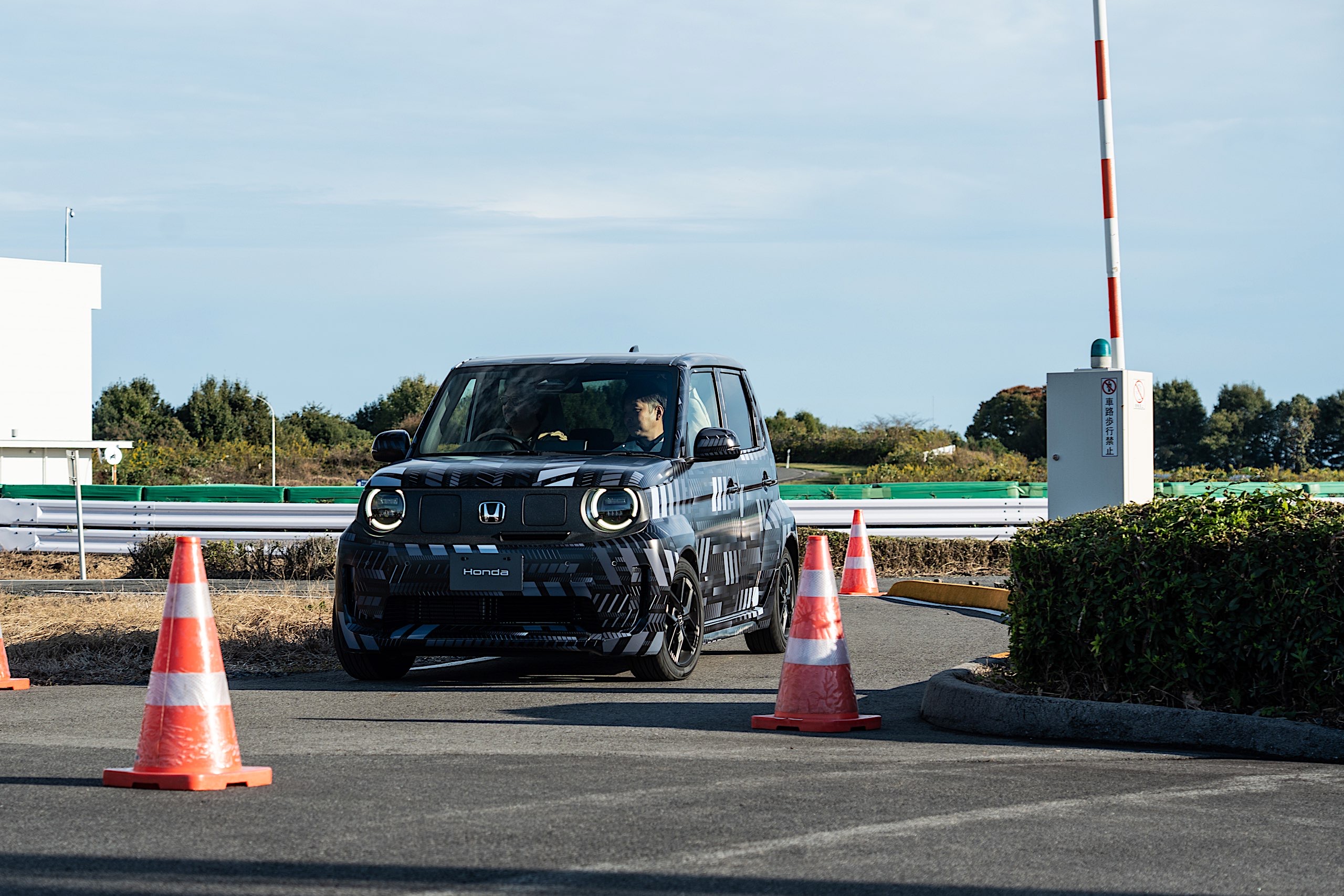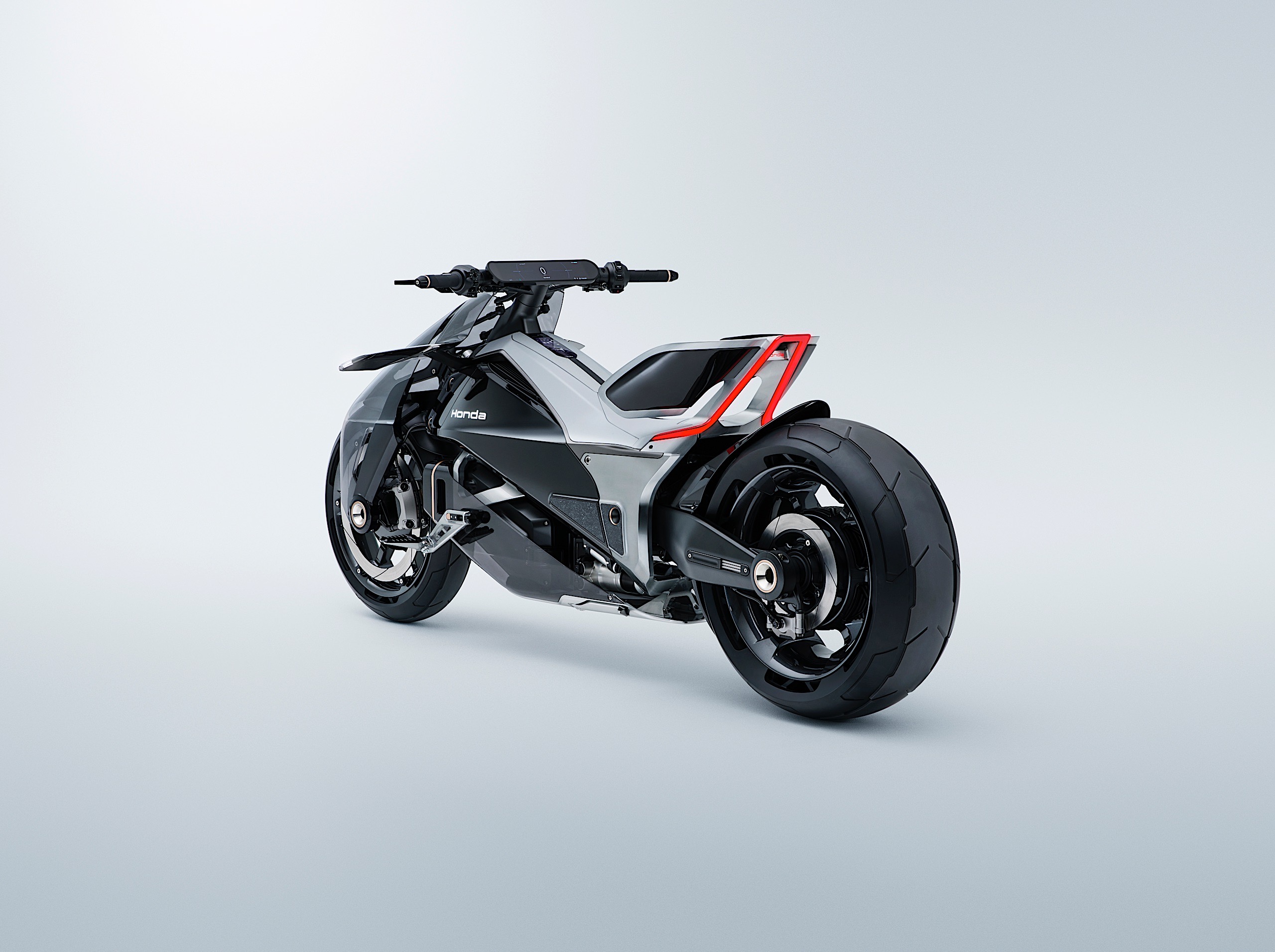Every two years, the Japan Mobility Show gives us a preview of the future of motoring as envisioned by the major Japanese manufacturers. Sadly, for Honda, the resounding message coming from this year's show was that the future is getting a little farther away. That's the case for American drivers, at least, thanks largely to the effects of the Trump administration according to Honda CEO Toshihiro Mibe.
In Tokyo this year, the company unveiled a trio of cool, next-gen electric vehicles at the show, each more compelling than the next. First up is the new 0 Series α, a new addition to the 0 Series of EVs that Honda has been teasing us with for a few years now.
Back in January at CES, the company showed off the evocatively styled 0 Saloon and 0 SUV. Both made quite a stir, particularly the former, which was impossible to admire without picking up strong Lamborghini vibes. Mibe confirmed that those cars are still on track, coming towards the end of 2026 or 2027. However, expected sales have been reduced.
Mibe didn't give specifics there, only saying: "The volume initially will probably be less than we had envisioned earlier."

The newly unveiled 0 Series α is a new, third member of Honda's nascent next-gen EV family. It looks nigh identical to the SUV concept, but in reality, it's significantly smaller. It will be cheaper, too, enabling it to target the Indian market. It has a hope of going elsewhere in the world, including Japan and Europe, but Honda representatives said repeatedly that it's not for the American market. Mibe said it's "probably too small" for the US market.
So, too, the Super-One Prototype. This tiny hatchback made a run up the hill at the Goodwood Festival of Speed earlier this year, wrapped in camouflage to hide its decidedly angular profile. In Tokyo, Honda stripped off the graphics, revealing a cheeky mini-sized machine with big box fenders and endless personality. While Honda didn't quote a power output, it surely won’t be a rocket ship, but with the instant torque of an EV, plus a variety of selectable synthesized engine notes, it should still be a mighty good time.
Indeed, it was. I got a brief go behind the wheel of a prototype machine at Honda's proving grounds in Tochigi, Japan. Though it wasn't much for outright speed, the brisk acceleration combined with petite dimensions made me grin ear-to-ear. Sadly, though, that's probably the only chance I'll ever get to drive one. The Super-One is intended for drivers in Japan and the United Kingdom, with potential expansion elsewhere in Europe based on demand.

America has never been a great market for machines of that size, so it shouldn't be a surprise that these two aren't US-bound, but it is part of a more troubling trend. Honda has largely paused its efforts to develop low-cost EVs for the American market, waiting for political headwinds to come around.
"With the Trump administration in place, we have a sense that maybe the EV growth has been moved back out by maybe five years or so into the future. So, the timing for doing anything will be difficult," he said. "2030, at that point in time, maybe we need to provide a wide, broad product range, including EVs. So, we will have to think about future strategy for the US market."
Tellingly, Mibe said that they're actively watching American mid-term elections, to see whether there's any hope of the political climate changing in the future.
Just like in discount furniture stores, volume is the real factor here, particularly when it comes to battery production. The company's partnership with General Motors was an attempt to do just that.

"Our first objective in collaborating with GM was to expand the volume to reduce the cost," he said. "I believe the aim there, from on the side of GM, was the same."
That partnership, however, was aborted after just the Honda Prologue and Acura ZDX reached the market, leaving Honda to go its own way for now, at least, bereft of a partner to boost its battery volume.
This could complicate Honda's plans to be totally carbon neutral by 2050, a pledge that Mibe said is still very much in the cards. To start in that direction, the company will push more towards advanced hybrids of the sort we'll get our first taste of starting next year. (I also got to sample that while I was out there, which you can read about here.)
However, while these new hybrids will decrease consumption and further reduce the carbon footprint of a given car, they will not completely eliminate it. So, Honda is working on other means of decreasing the company's effective carbon footprint, including direct air capture (DAC), devices which can suck carbon dioxide straight out of the air — a long-time environmental dream that's always seemed just a few years away.
So small, cheap EVs aren't in the plans for the immediate future, but Honda isn't totally giving up on its US EV aspirations. Again, the 0 Series SUV and Saloon are due next year. Mibe said there's another, even larger EV due for the American market sometime after 2030, but that too could depend on which way the American government swings between now and then.

If all's looking well, we might eventually get a taste of another electric concept that Honda rolled out at the show. Called the EV Outlier, it's an electric motorcycle with a lean, sharp style and a laid-back riding position that is hard not to read as at least partially inspired by that most iconic sci-fi motorcycle of all time: Kaneda's bike in Akira.
This one isn't red and it lacks the distinctive stickers, but like Kaneda's bike, both wheels are driven by electricity. It relies on a pair of integrated hub motors to provide the thrust, and if the width of the rear tire is any indication, there'll be plenty of that.
A sweeping, free-standing digital display serves as the dashboard, and controls are minimalist in a way that only a concept bike can be. Honda said this might be ready for production by 2030, but the svelte packaging here may necessitate next-generation, solid-state batteries to make that a reality.
Those batteries, Mibe said, are still progressing. Honda has a prototype production line in process, so they're actually building the things and trying to turn them into viable products.
But that's only if Honda can overcome some significant engineering challenges between now and then, and if the US government dials back on the EV hate by the end of the decade. Those are two pretty big ifs, and I confess I'm not sure which poses the biggest challenge.
This article originally appeared on Engadget at https://ift.tt/ke685iE https://ift.tt/6TDjhVQ Engadget is a web magazine with obsessive daily coverage of everything new in gadgets and consumer electronics
Comments
Post a Comment